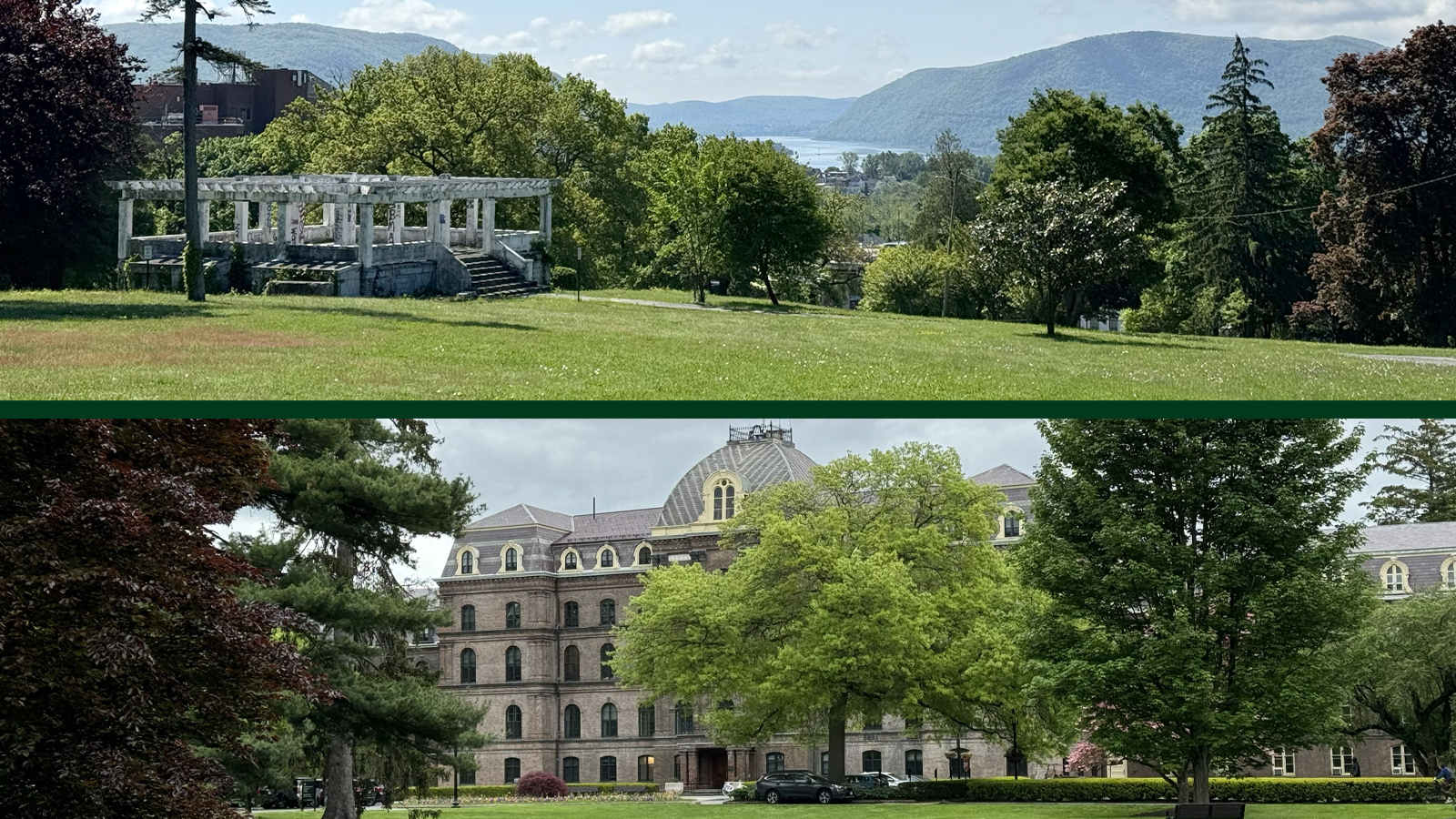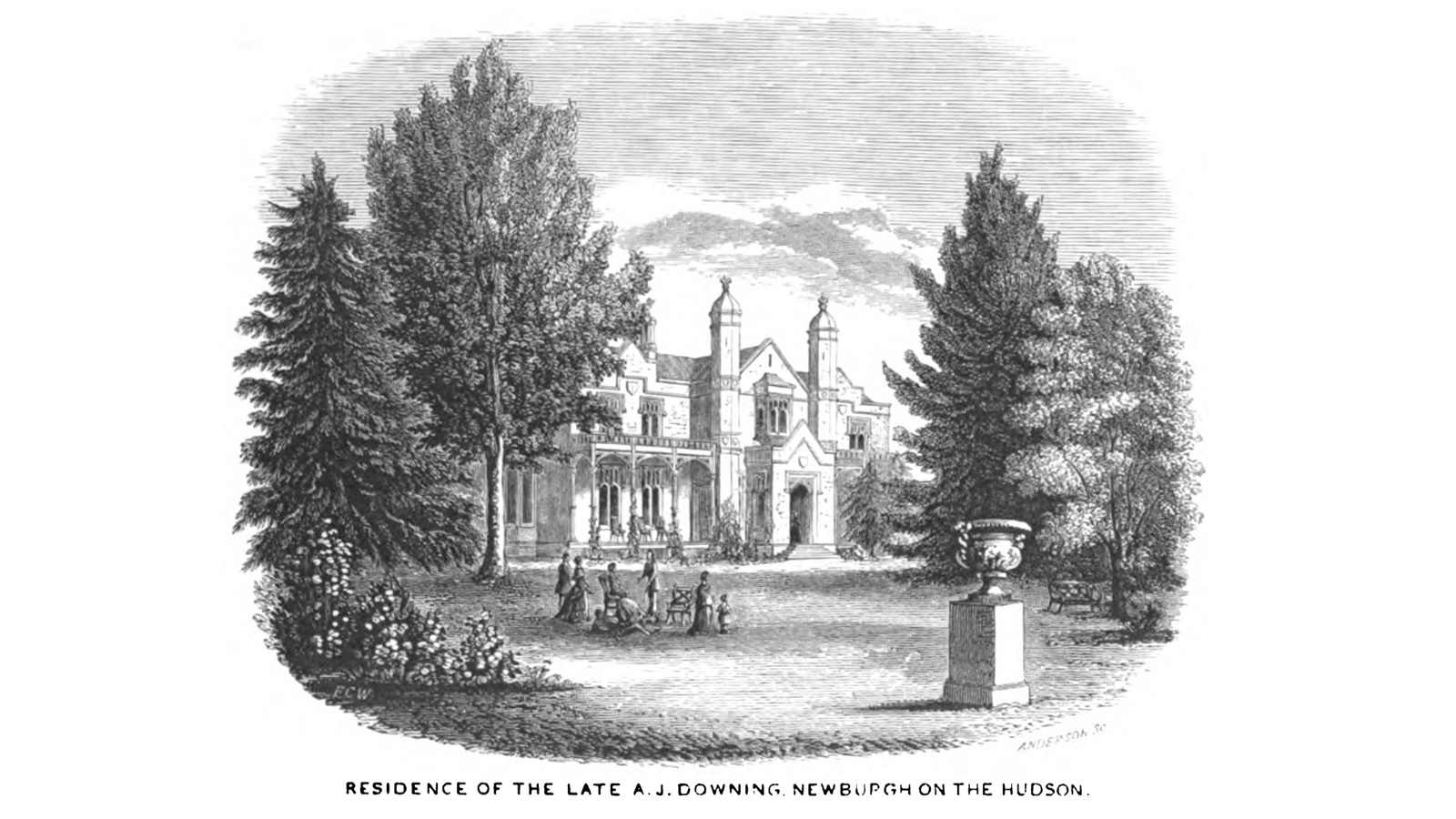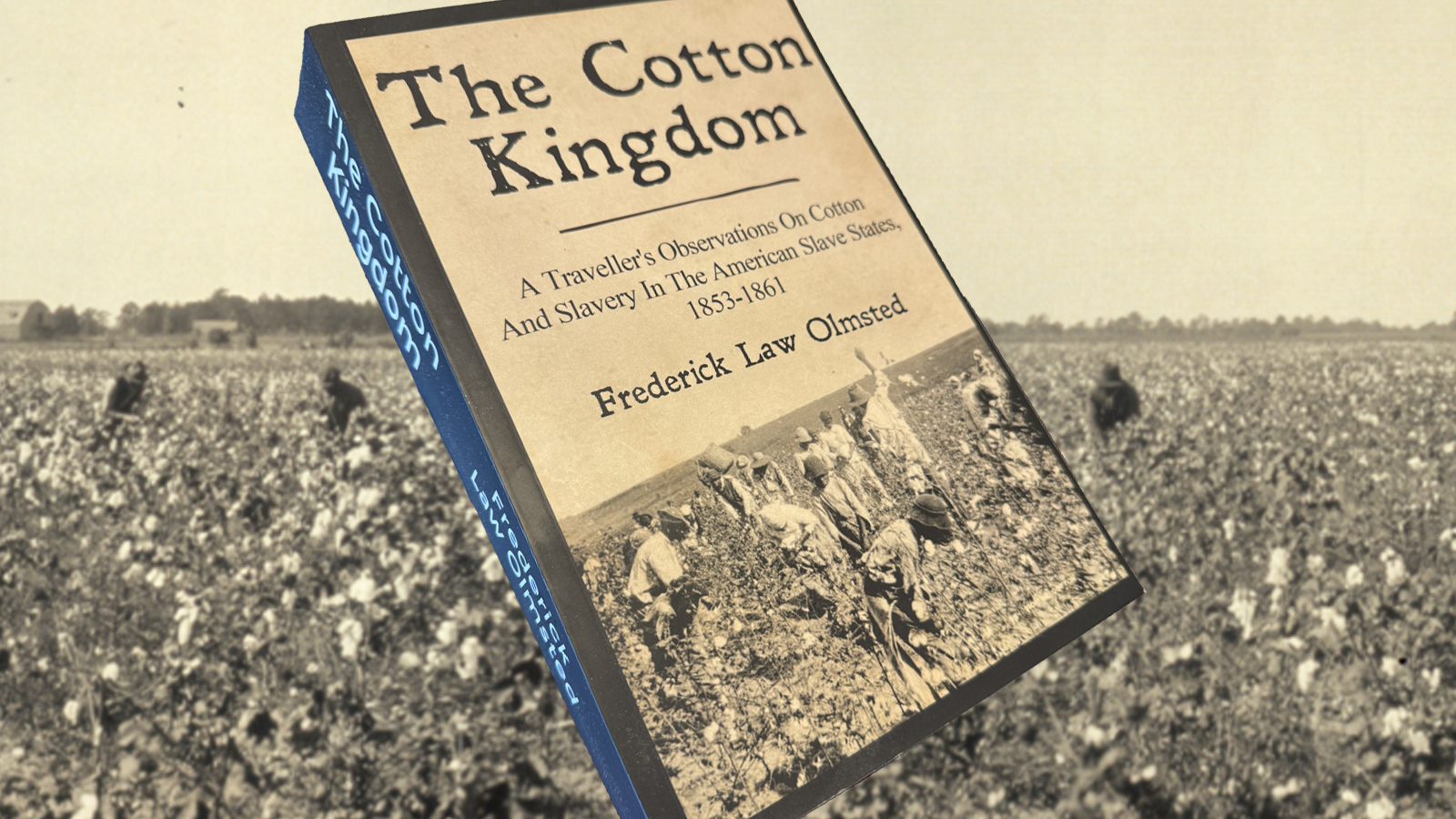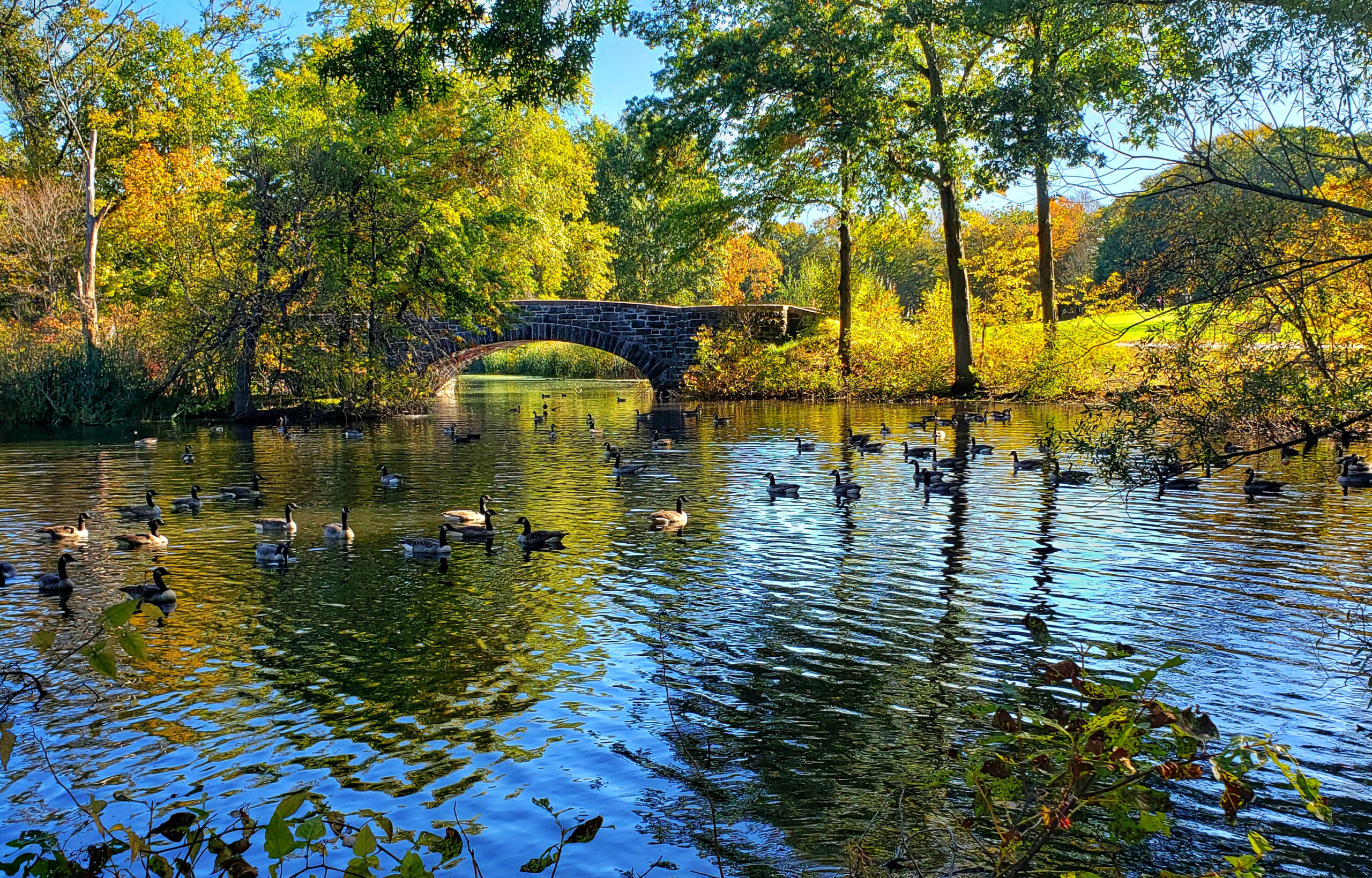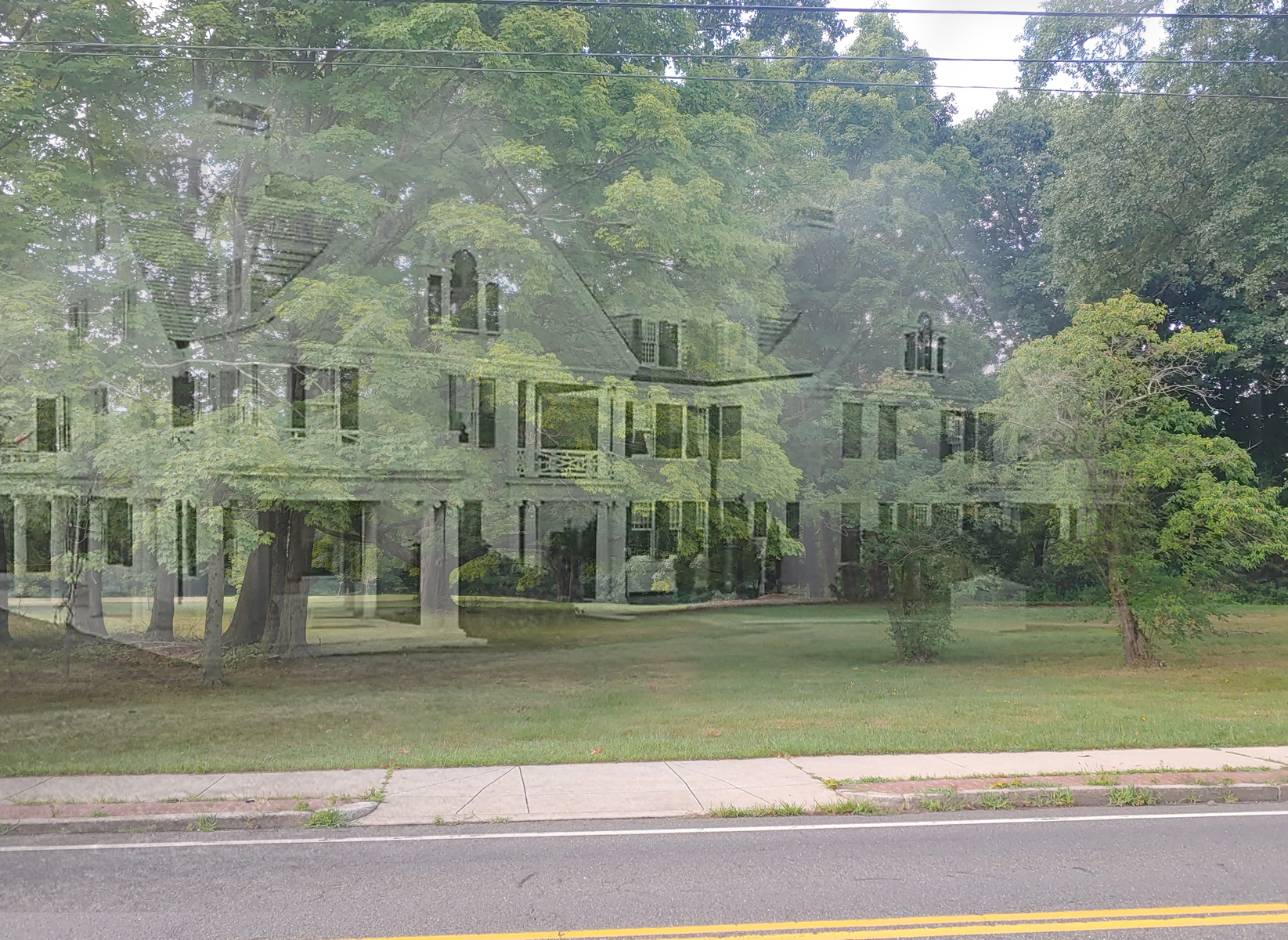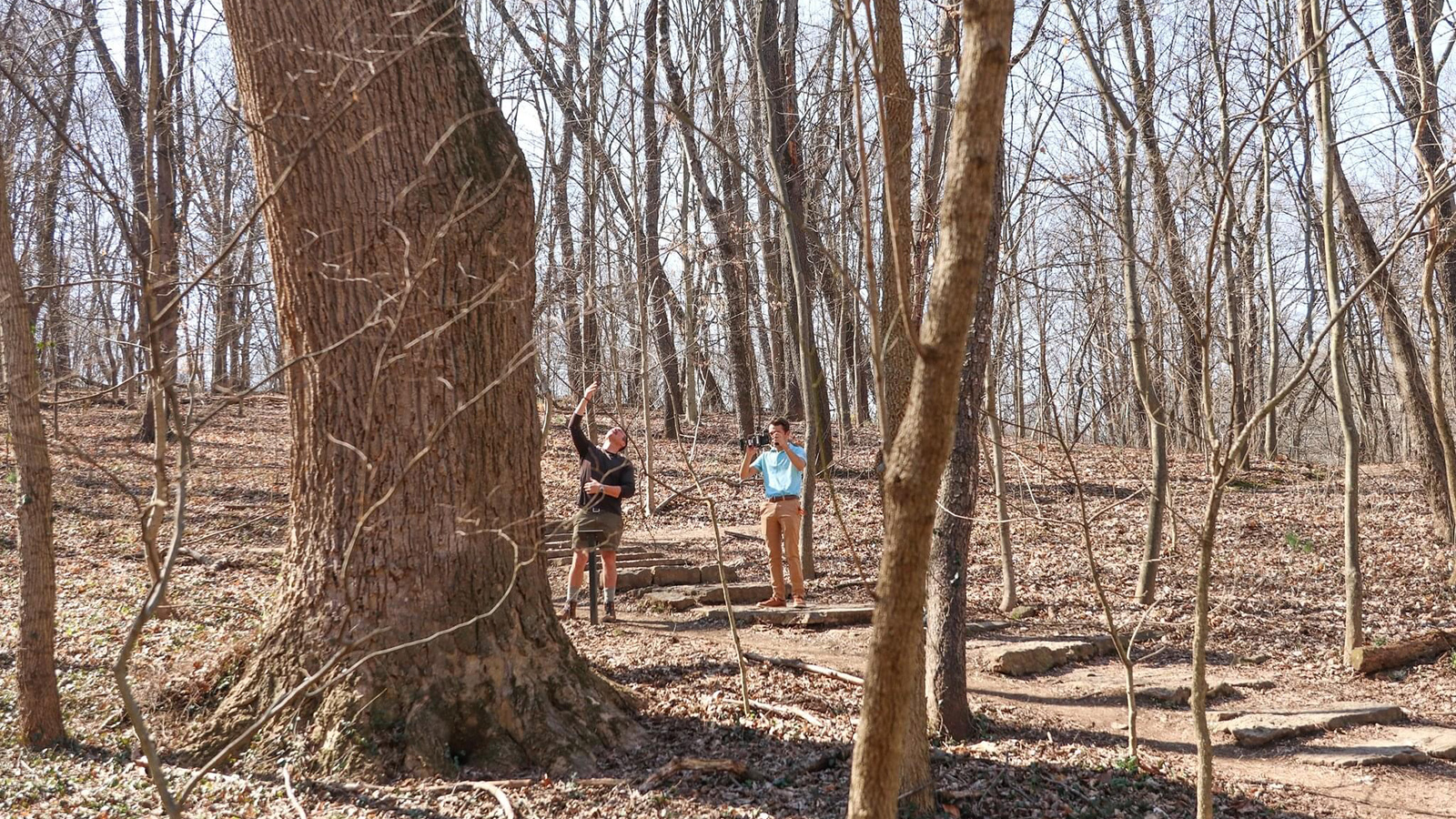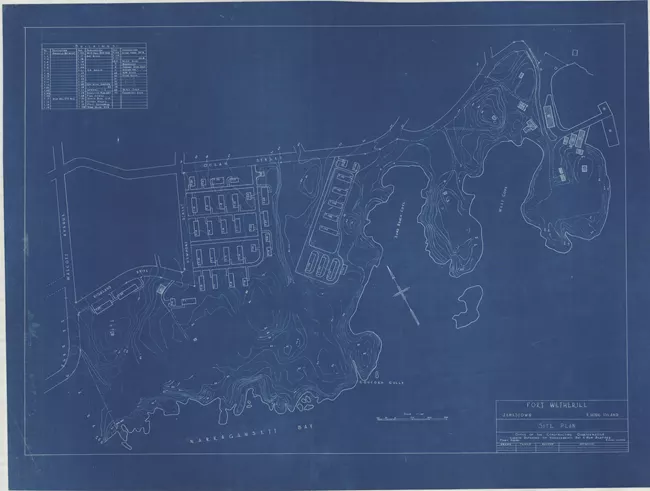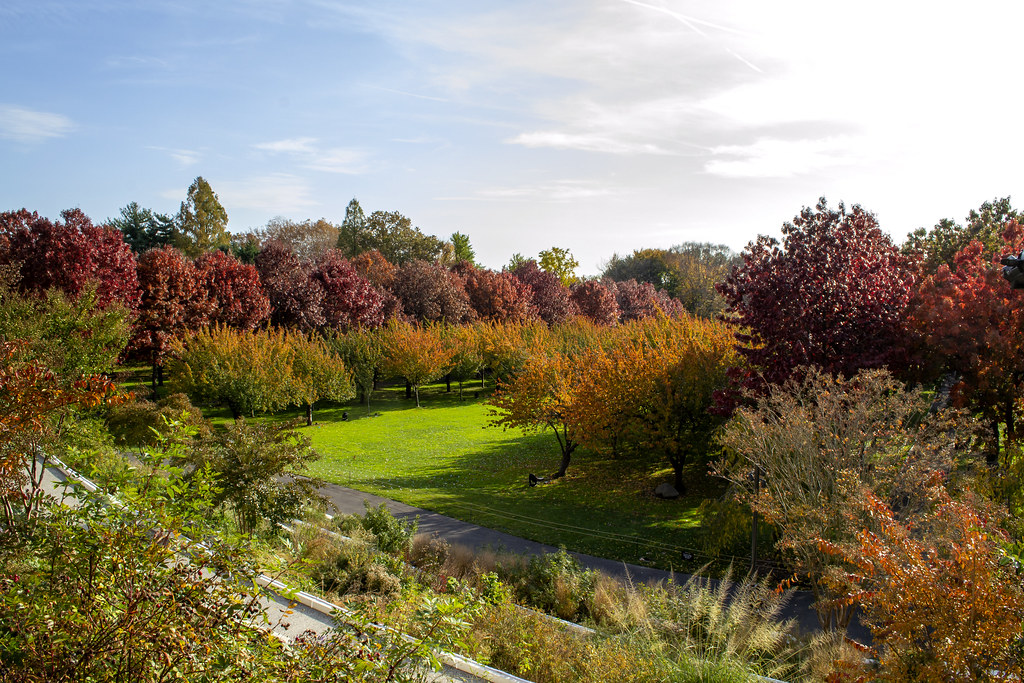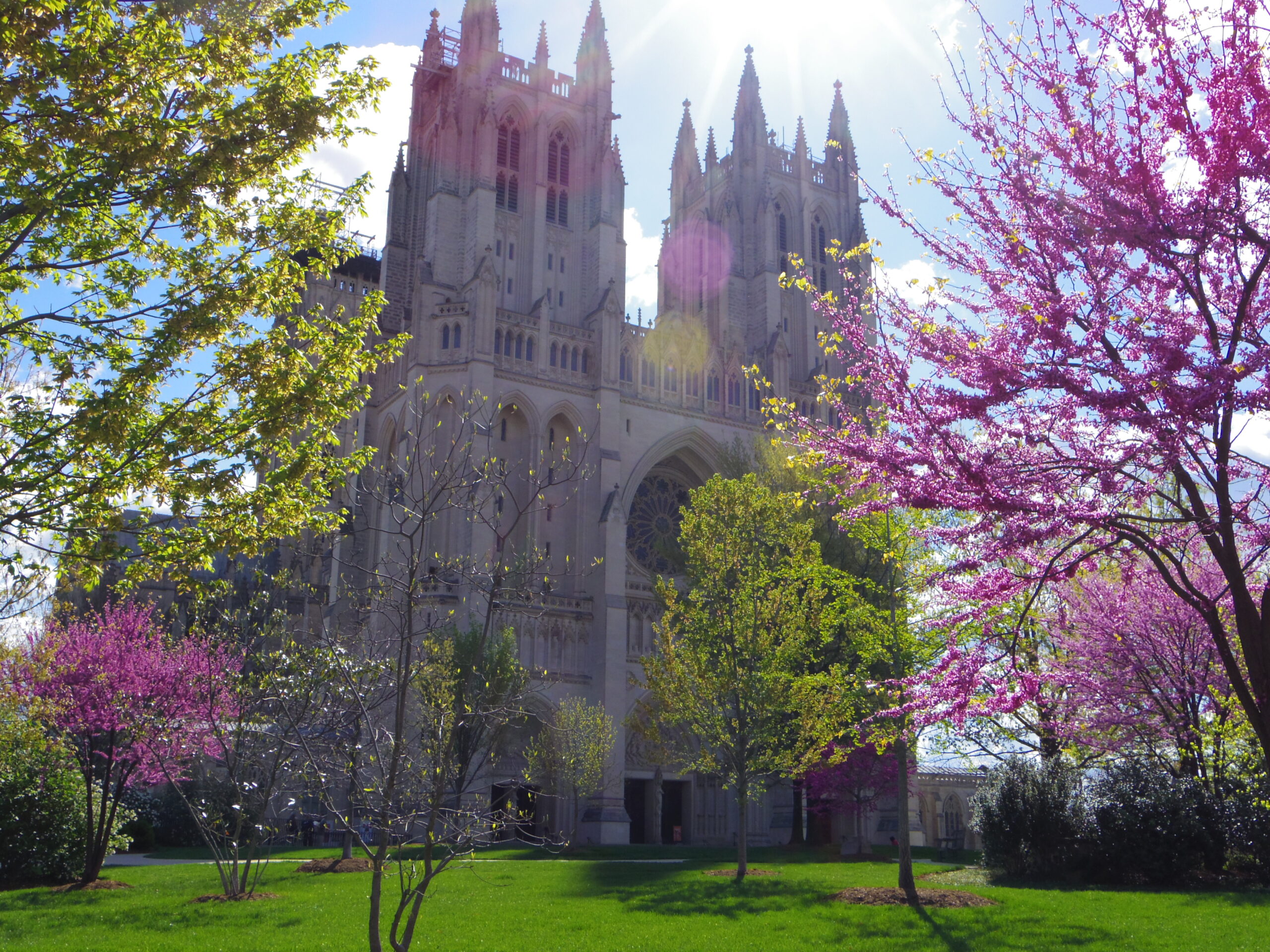
In the 1880s Frederick Law Olmsted may have been part of designing another first: in this case, America’s first true country club. According to James M. Mayo’s The American Country Club, The Country Club at Clyde Park in Brookline, Massachusetts — the same town in which Olmsted’s home and office was located — was an important step in the evolution from the elitist nineteenth century city club to the popular twentieth century institution known as the country club. Prior to the formation of the first country club, the Olmsted firm had been involved in other fashionable nineteenth century health and recreation developments. The firm worked at some of the best known resorts of the day, including Hot Springs, Arkansas, and Saratoga, New York. These jobs are listed in other thematic categories.
Another first according to Mayo is the Olmsted firm’s work at Roland Park, a project listed in the category of Subdivisions and Suburban Communities. Developed in the late 1890s at the northern limits of Baltimore, Roland Park — one of five planned communities by the Olmsted firm in the area — is noted by Mayo (without crediting the Olmsted firm) as the first incorporation of a golf course with a planned community. The success of this project spawned a series of golf club communities with the surge in golf’s popularity through the first decades of the twentieth century. Golf became the sport inextricably linked with the American country club, and the Olmsted firm was involved in many of the outstanding clubs of the period. Additional research needs to be done to learn how many of the Olmsted firm subdivisions and planned communities that post-date the Roland Park development include golf courses and country clubs. For example, it is likely that the project listed as the Druid Hill Hotel in Atlanta, Georgia, is related to the Druid Hills Country Club that occupies the same location on the subdivision plans developed by the Olmsted firm for the Kirkwood Land Company.
Of the approximately 150 projects in this category, the golf club is an important subcategory. This uniquely American adaptation is probably best represented by the Augusta National Golf Club — arguably the country’s most prestigious golf club — a development that the Olmsted firm was involved with for more than a decade. It is important to note that the Olmsted firm worked with the great golf course architect, Dr. Alister Mackenzie, at Pasatiempo Country Club and Estates at Santa Cruz, California, before both were invited to Augusta by Bobby Jones to work on Jones’s visionary course.





